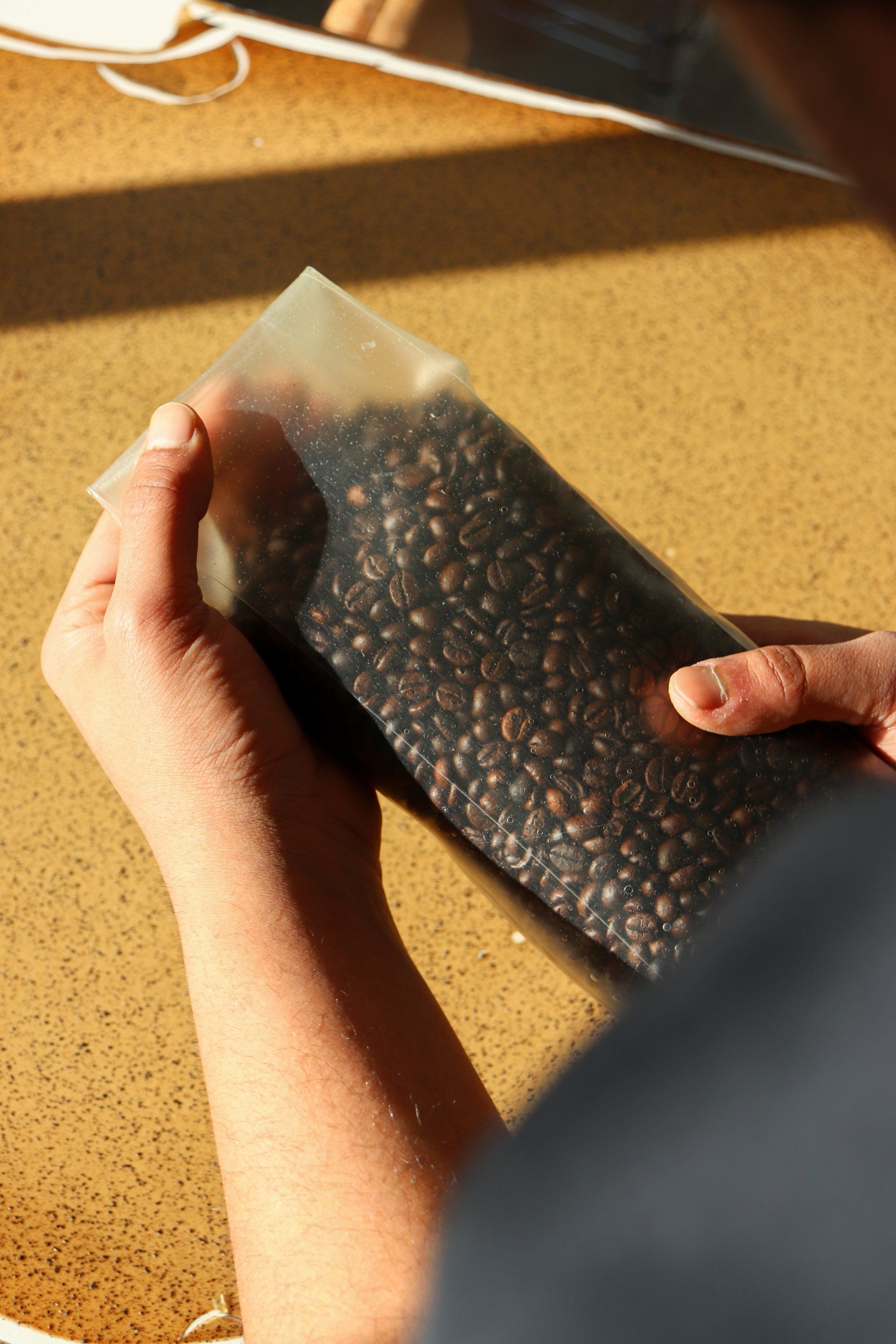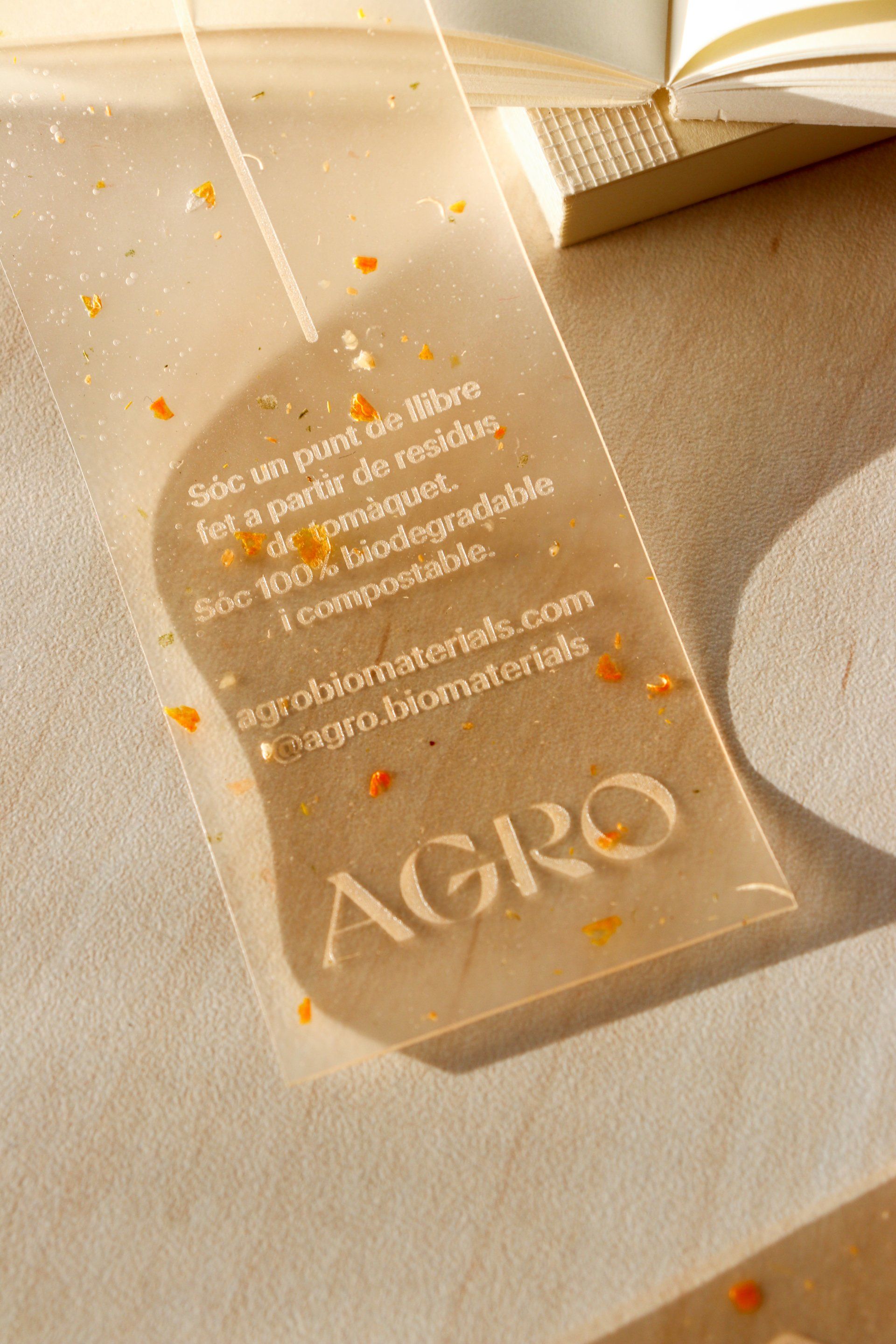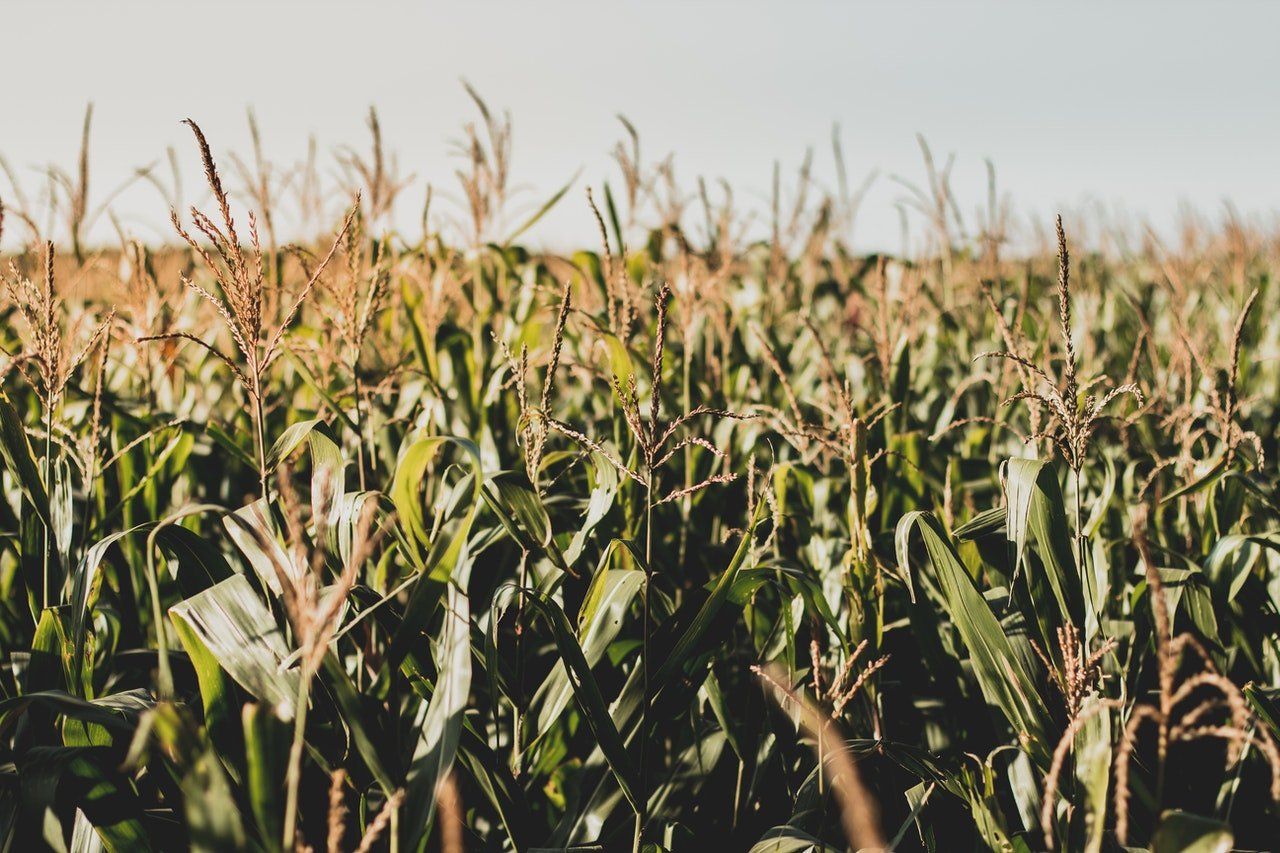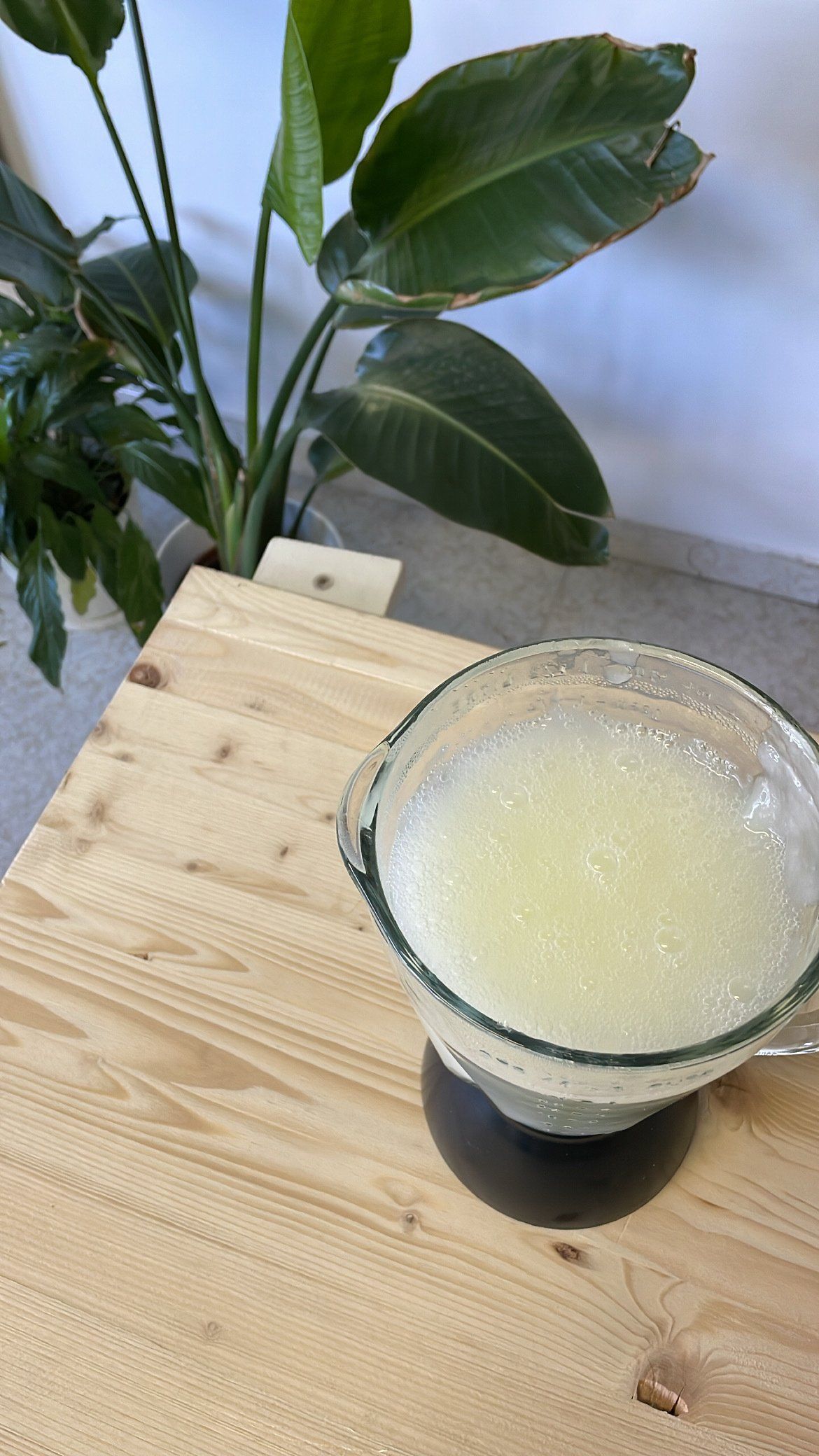Sustainable alternatives
Sustainable alternatives for organic waste management
and the use of bioplastics
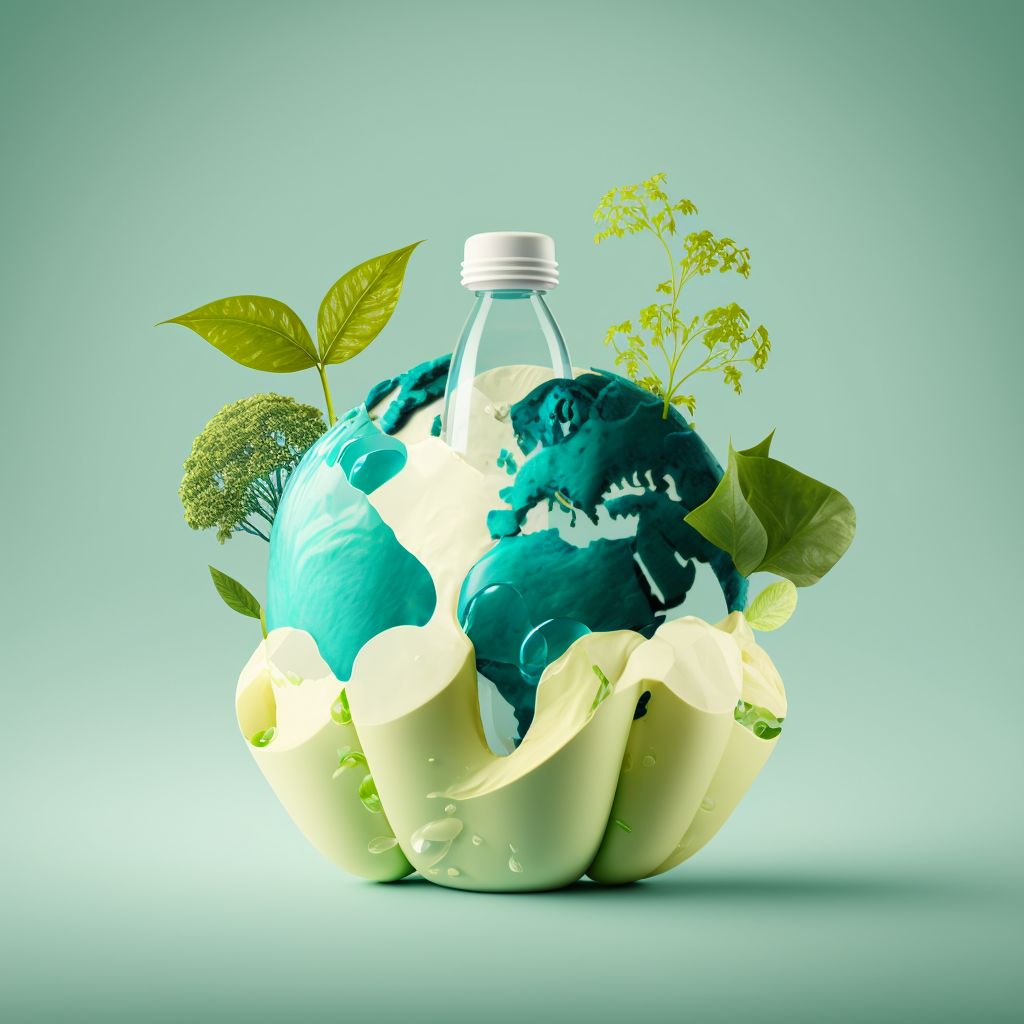
The amount of organic waste we generate is alarming. According to World Bank data, each person generates around 1.2 kg of organic waste per day. This means that, in a family of four people, around 4.8 kg of organic waste is generated per day. But what do we do with this waste and do we give it the return it deserves?
Unfortunately, most organic waste ends up in landfills or incinerators, where it is burned and releases polluting gases into the environment.
This is a problem, as organic waste is biodegradable and can be used as compost for soil, which helps to improve soil quality and increase
food production.
It is therefore important that we look for more sustainable and effective alternatives for handling organic waste. One of these is the use of bioplastics from organic waste. Bioplastics are biodegradable plastics that are made from renewable raw materials, such as organic waste, corn, potatoes or beets. By using bioplastics instead of conventional plastics, you reduce the amount of plastic that ends up in landfills and in the environment, and contribute to a more sustainable future.
Furthermore, making bioplastics from organic waste is a way to give them a second use and to make the most of their properties.
Using organic waste to make bioplastics reduces the amount of waste that ends up in landfills or incinerators and contributes to the conservation of natural resources.
In conclusion, the amount of organic waste we generate is alarming and it is important that we give it the performance it deserves.
The use and processing of bioplastics from organic waste is a sustainable and effective alternative to manage organic waste and contribute
to a more sustainable future.
